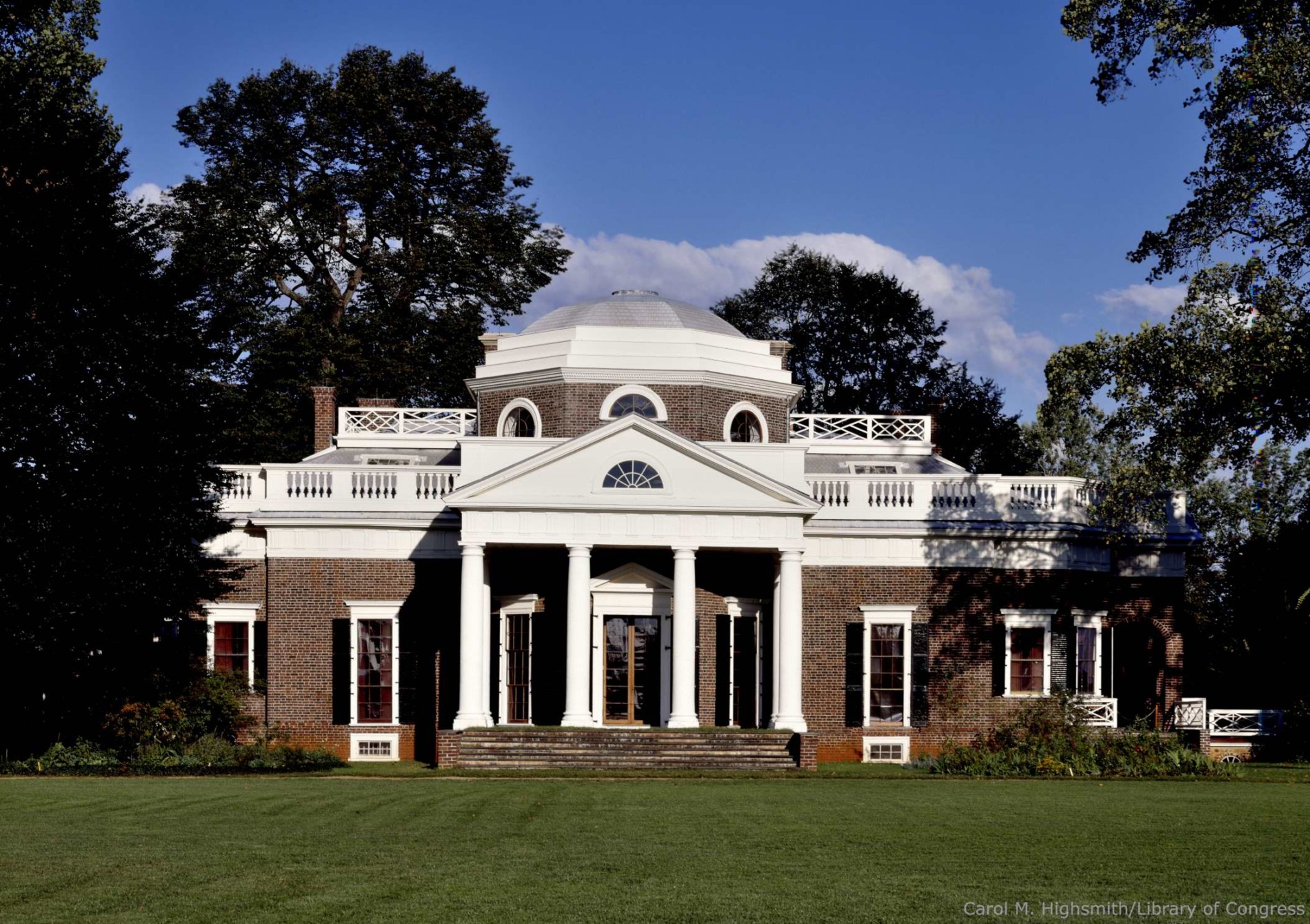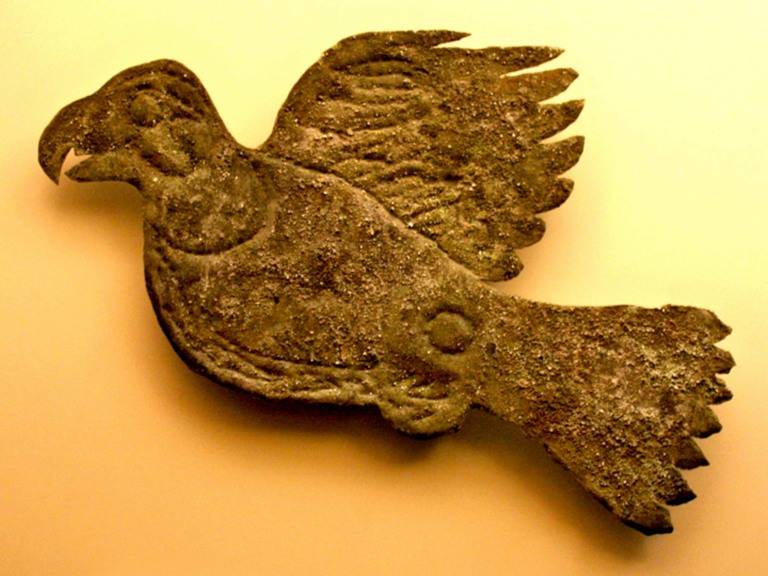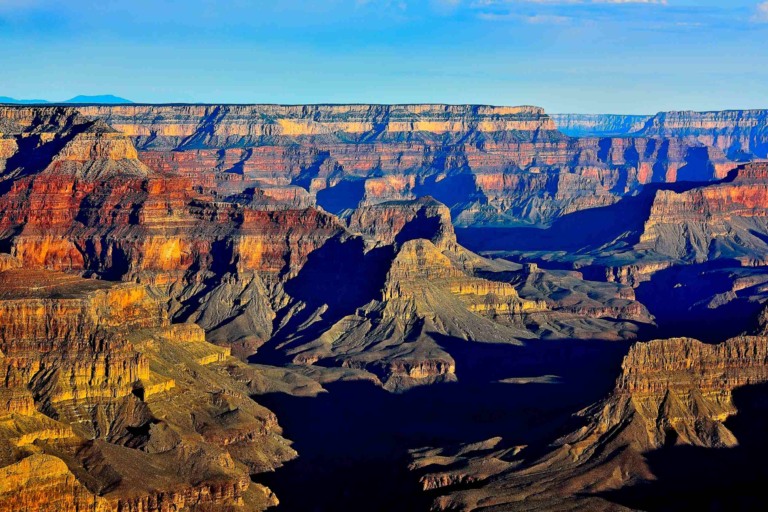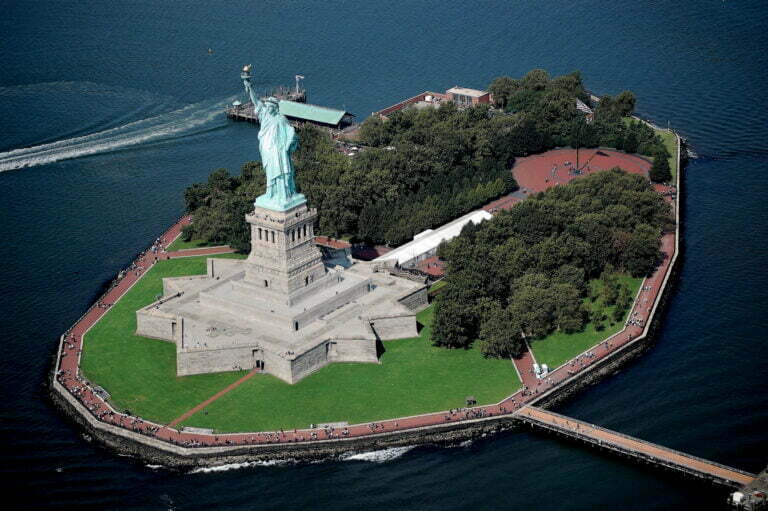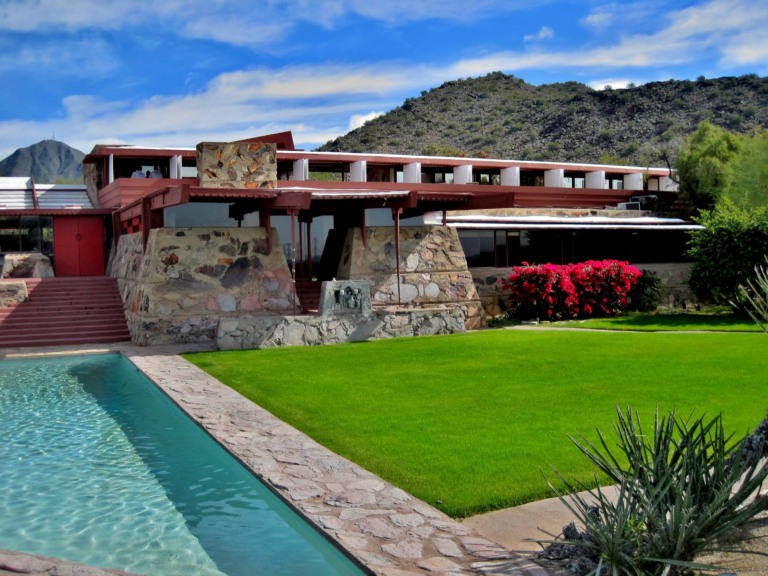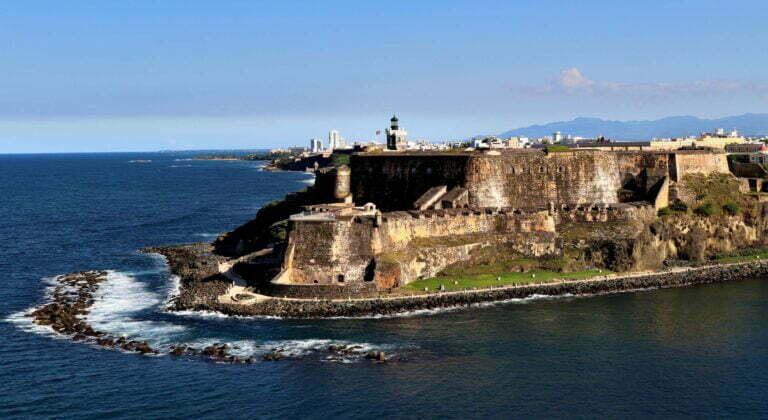Monticello was where Thomas Jefferson lived. It is in the south-central part of the U.S. state of Virginia, about 3 km (2 miles) southeast of Charlottesville. Between 1768 and 1809, the building was put up. It is one of the best examples in the United States of the early Classical Revival style. Monticello and the University of Virginia in Charlottesville were added to the list of World Heritage Sites by UNESCO in 1987.
Monticello Thomas Jefferson Facts
Thomas Jefferson, who lived from 1743 to 1826, was the third president of the United States and wrote the Declaration of Independence. He was also a skilled neoclassical building designer, and he built Monticello. When Thomas Jefferson left for France in 1784 as the American minister to that country, most of the work on Monticello was done.
His ideas about architecture changed a lot during the five years he lived there. He was very influenced by both modern Neoclassical architecture and Roman buildings from long ago. In 1793, Jefferson started making plans for making changes and adding on to Monticello. In 1796, the work began. The old house was mostly torn down.
Thomas Jefferson’s Home
The last building, which was finished in 1809, is made of brick and wood and has 35 rooms, 12 of which are in the basement. Each room is a different shape. There are two main entrances: the east portico, which leads to the public parts of the house, and the west portico, which is the private entrance and leads to the large gardens of the estate.
The windows on the second floor start at floor level and are joined to the windows on the first floor in a single frame. This makes it look like there is only one story. The building is dominated by an eight-sided dome in the middle. Under it, a balustrade goes all the way around the roof’s edge. This plan was based on one-story French pavilions from the 18th century, like the “Hôtel de Salm.” The dome was the first of its kind in the United States.
Jefferson put clever things all over the house. A weather vane on the roof sends its reading to a dial on the ceiling of the east portico. Above the east entrance is a big clock with two faces that can be seen from both inside and outside the building. In the dining room, the fireplace hides a dumbwaiter that goes to the wine cellar. Jefferson also came up with creative ways to light and air the house, and he made many of the pieces of furniture himself.
Where is Jefferson’s Monticello Located
Monticello after Jefferson: When he died on July 4, 1826, at Monticello, he left his heirs with more than $107,000 in debt. Thomas Jefferson Randolph, who was Jefferson’s grandson and also the person in charge of his estate, tried to sell Monticello to get money to pay off the debt. Randolph and his mother sold Jefferson’s slaves, furniture, supplies, grain, and farm equipment at an auction in 1827.
Then they sold or gave away almost all of his art and the tens of thousands of acres of land he owned. In 1831, the Randolphs sold the house and 552 acres of land to a Charlottesville druggist named James Turner Barclay for about $7,000. In 1834, Barclay sold it and 218 acres (89 hectares) of land to Lieutenant Uriah Phillips Levy of the U.S. Navy, who was a big fan of Jefferson.
Levy was the first Jewish American to become an officer in the U.S. Navy. He fixed up Monticello and let people come see it. During the Civil War, the South took over Monticello because someone from the North owned it. Officer in the Confederate army Benjamin Ficklin owned it for a short time. After the war, the Levy family got it back.
When Uriah Levy died in 1862, his heirs fought against his will. His will said that Monticello should be used as an agricultural school for the children of navy warrant officers who died while on active duty. After that, there were 17 years of court cases, and during that time, Monticello was almost destroyed.
In 1879, Jefferson Monroe Levy, Uriah Levy’s nephew and a well-known lawyer, stock and real estate speculator, and three-term U.S. congressman from New York City, bought out the other heirs and took ownership of Monticello. He started fixing up Monticello and its grounds right away.
Monticello and the University of Virginia in Charlottesville
By 1911, there was a national movement to take the house away from Jefferson Levy and give it to the federal government so it could be used as a memorial to Jefferson. There were bills that would have done this in Congress, but none of them passed. Levy put Monticello up for sale in 1919.
Levy sold Monticello and its 640 acres (259 hectares) to the Thomas Jefferson Memorial Foundation, a private, non-profit group that had just been set up. Levy wanted to sell the house for $500,000. After that, Levy died soon after.
Jefferson’s vision was restored: The foundation, now called the Thomas Jefferson Foundation, fixed up the house and grounds, brought back a lot of the original furniture, made the gardens look like they did when Jefferson designed them, and bought back hundreds of acres of land that Jefferson used to own.
Jefferson’s house and furniture, an orchard, a vineyard, flower and vegetable gardens, and a 2,500-acre plantation are now on the Monticello estate (1,012 hectares). In 1994, the Robert H. Smith International Center for Jefferson Studies was set up by the foundation. It has an archaeology department that works in the field all over the Monticello grounds. In 2009, many big tourist spots and places to learn opened. Monticello is now a museum, and a lot of people go there.
